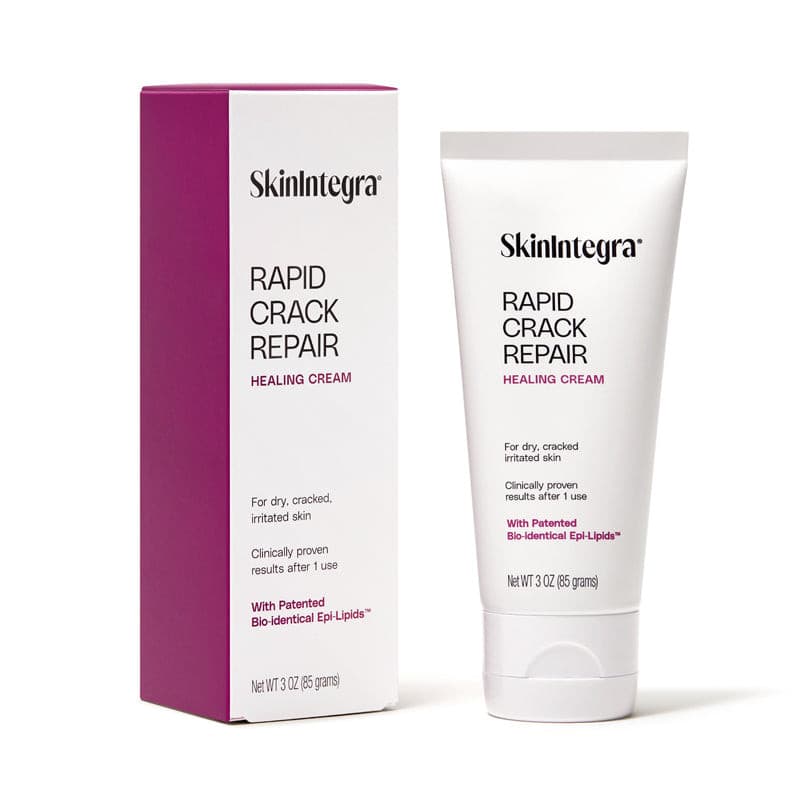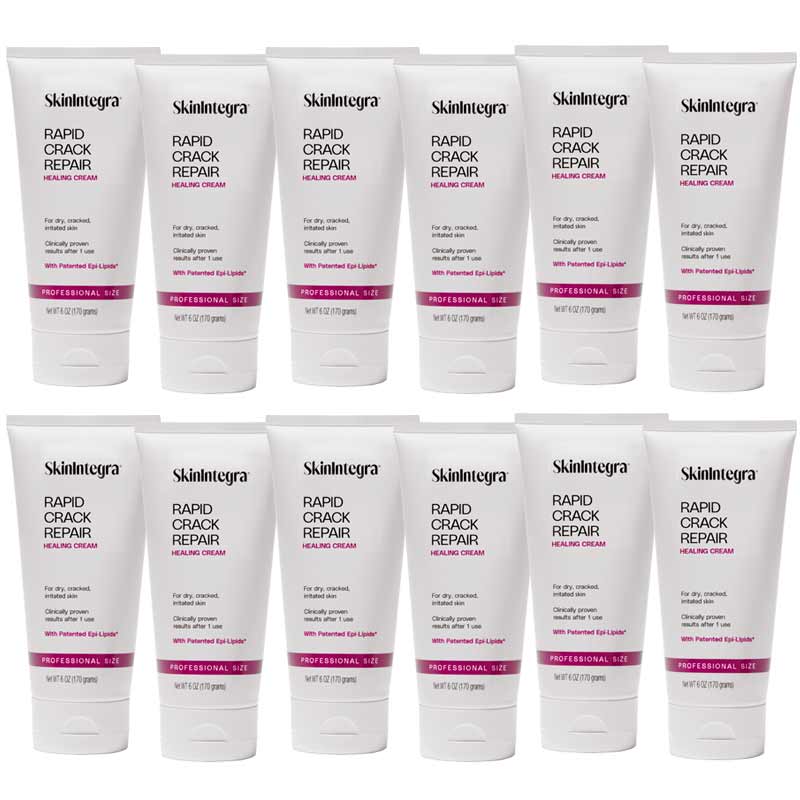Pedicures can be a relaxing and rejuvenating experience—but if you have diabetes, they require a little extra planning. The reality is that diabetic feet are more vulnerable to complications like infections, nerve damage, and slow healing. That doesn’t mean you need to skip the salon entirely—but it does mean you should take a few extra steps to stay safe.
In this guide, we’ll walk through seven essential tips to help you enjoy a pedicure safely when you have diabetes. Whether you're managing your own care or supporting a loved one, these foot care precautions can make all the difference.
Why Are Pedicures Riskier for People with Diabetes?
Before we dive into the tips, let’s review why foot care requires special attention when you have diabetes.
Diabetes can lead to:
-
Peripheral neuropathy, which reduces your ability to feel pain, heat, or injury
-
Poor circulation, which slows down healing
-
Weakened skin barriers, which make the feet more prone to dryness and cracks
-
Increased risk of infection, especially from even minor cuts or abrasions
These factors can turn a small nick during a pedicure into a serious wound. That’s why it’s important to take preventive steps—whether you’re getting your nails trimmed or enjoying a soak.
1. Consult Your Doctor First
If you have any history of foot ulcers, wounds, severe neuropathy, or vascular complications, talk to your podiatrist or primary care physician before booking a pedicure. This is especially important if you've recently had foot surgery or a wound that hasn't fully healed. Your provider can:
-
Assess your current foot health
-
Advise you on what to avoid
-
Let you know if pedicures are safe for your particular situation
2. Choose a Sanitary, Diabetes-Aware Salon
Not all salons are created equal. When selecting a place, ask the following questions:
-
Do technicians use hospital-grade disinfectants?
-
Are metal tools sterilized in an autoclave?
-
Do they use disposable liners for foot baths?
-
Are staff trained to work with clients who have diabetes?
Tip: Read online reviews and call ahead. If possible, choose a medical pedicure or one affiliated with a podiatrist for maximum peace of mind.
3. Bring Your Own Tools
Even in the cleanest salons, bringing your own tools eliminates the risk of cross-contamination. Pack your own:
-
Nail clippers
-
Nail file or emery board
-
Cuticle pusher
-
Foot brush (if used)
Be sure to clean your tools thoroughly at home after each use with alcohol or boiling water to maintain hygiene.
4. Avoid Cutting Cuticles
This is a crucial rule for people with diabetes: do not allow technicians to cut your cuticles.
Cuticles act as a protective seal at the base of the nail. Cutting them increases your risk of:
-
Infection
-
Irritation
-
Delayed healing from micro-tears
Instead, ask your technician to gently push back your cuticles using a sanitized tool.
5. Opt for a Lukewarm, Gentle Foot Soak
Soaking your feet feels great, but overly hot water can be damaging—especially if you have reduced sensation from neuropathy.
Instead:
-
Use lukewarm water (around 90–95°F)
-
Limit soak time to 5–10 minutes
-
Add mild, unscented soap (no essential oils or irritants)
-
Dry thoroughly, especially between the toes
Avoid Epsom salts or other additives unless recommended by your doctor.
6. Moisturize Carefully with Diabetic-Safe Creams
Dry, cracked feet are common in people with diabetes—and cracked skin is a major entry point for infection. Moisturizing helps keep the skin barrier strong and flexible.
But not all moisturizers are ideal for diabetic skin.
Look for a clinically tested, non-irritating product that hydrates and supports skin barrier repair. One standout option is SkinIntegra® Rapid Crack Repair Cream, specially formulated for:
-
Extremely dry, cracked, and callused skin
-
Diabetic skin needs
-
Fast results without harsh exfoliants
Important: Never apply moisturizer between the toes. This area is prone to moisture buildup and fungal infections.
7. Choose Nail Polish Carefully—or Go Polish-Free
If you want polish, avoid formulas that contain:
-
Formaldehyde
-
Toluene
-
Dibutyl phthalate (DBP)
These chemicals can dry and weaken the nail. Look for non-toxic nail polishes or ask your salon if they use diabetic-friendly brands.
Alternatively, go for a clean buffed shine and let your nails breathe between polish applications.
Bonus Tip: Inspect Your Feet After the Pedicure
After your appointment, examine your feet for any:
-
Redness or swelling
-
Cuts or abrasions
-
Unusual pain or tenderness
If you notice anything out of the ordinary, contact your healthcare provider right away.
Why SkinIntegra® Is a Smart Addition to Your Diabetic Foot Care Routine

People with diabetes are often told to moisturize—but not all creams are created equal. Many over-the-counter lotions contain harsh ingredients or fail to address the deeper issues of cracked skin and barrier dysfunction.
SkinIntegra® Rapid Crack Repair Cream stands out because it was:
-
Clinically tested on diabetic and sensitive skin
-
Formulated with 25% urea and lactic acid for gentle exfoliation
-
Enriched with patented barrier-restoring lipids
Unlike typical creams, it’s designed to mimic and replenish what’s missing in damaged skin barriers—helping your feet recover faster and stay protected longer.
Shop SkinIntegra now to experience faster relief and healthier skin
Frequently Asked Questions (FAQ)
Q: Are pedicures safe for people with diabetes?
A: Yes—if the individual has no active wounds or severe neuropathy and the salon uses hygienic practices. Always consult your doctor first.
Q: Can I use any foot cream after a pedicure?
A: No. Diabetic feet require barrier-safe, non-irritating moisturizers. Avoid creams with alcohol, menthol, or artificial fragrance.
Q: Should I avoid nail polish entirely?
A: Not necessarily. Just use non-toxic brands and avoid leaving polish on for long periods. Consider buffing for a natural alternative.
Q: Can I soak my feet daily?
A: Soaking occasionally is okay with lukewarm water, but daily soaks can over-dry skin. Keep sessions short and moisturize afterward.





